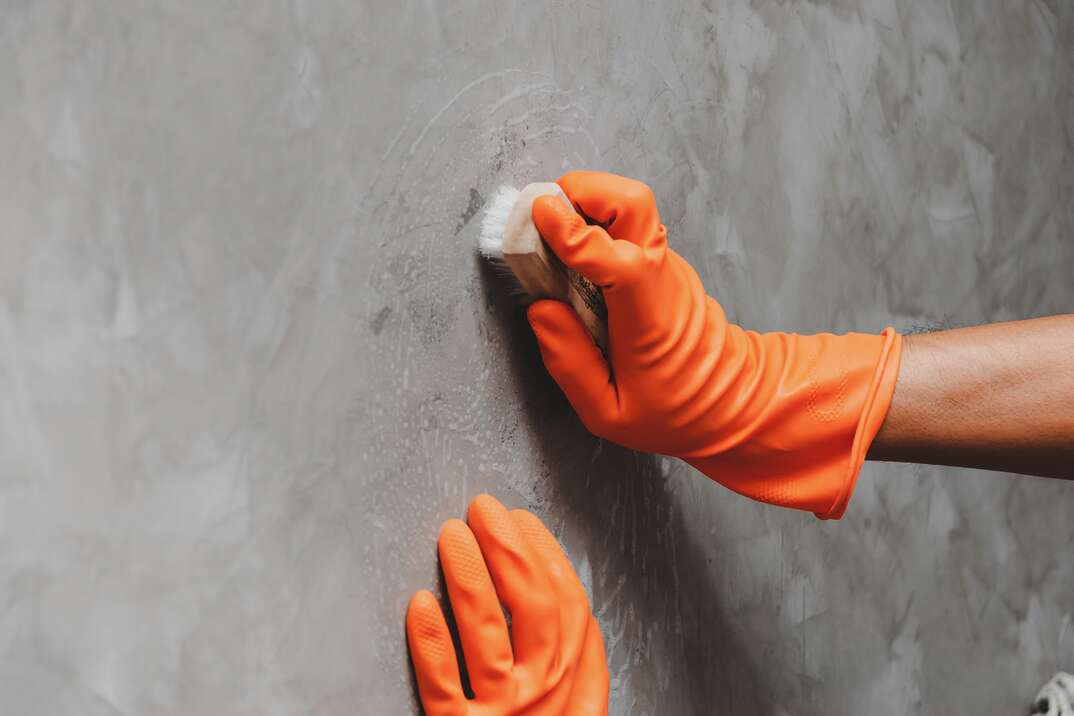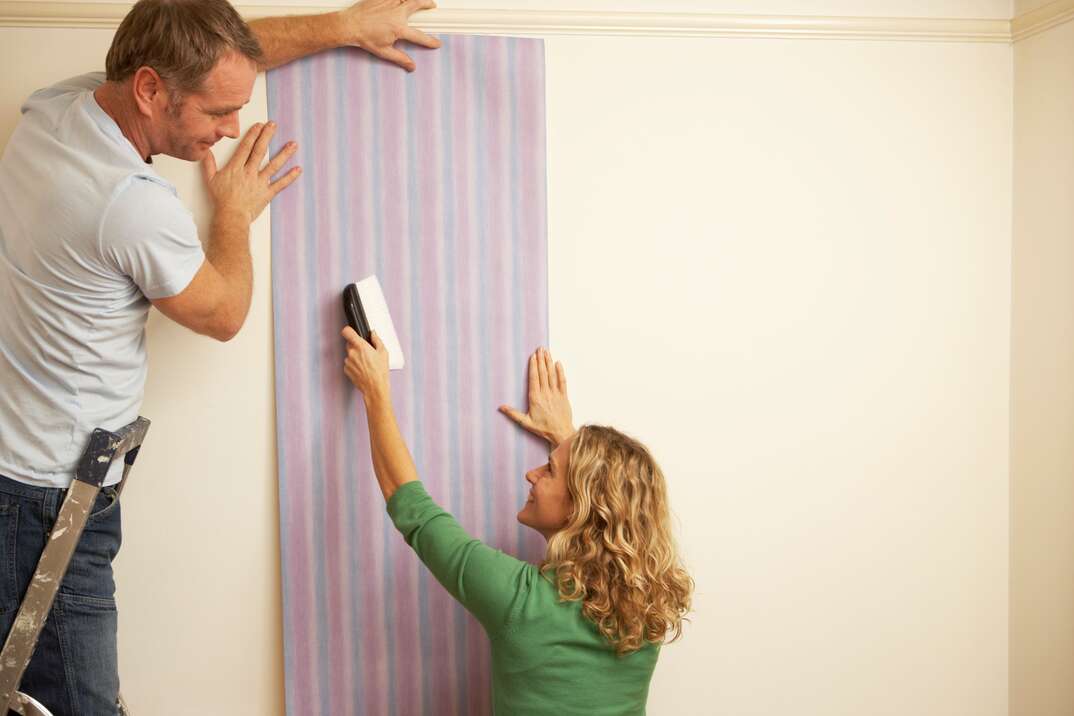Walls Looking Worse for Wear? Follow This 5-Step Wall-Washing Guide

Cleaning Walls at a Glance
- Step 1: Dust walls
- Step 2: Prepare cleaning solution
- Step 3: Wipe walls
- Step 4: Remove stains
- Step 5: Dry
Admit it: Your walls don’t get the same amount of attention as your floors, counters and other surfaces. It's easy to overlook your walls during your cleaning routine, even though they make up a large part of your home. Dirty fingerprints, food splatters and dust slowly accumulate on your walls, and eventually, they’ll need a deep clean. But you don't want to go so far as to remove the paint or damage the wall surfaces.
This May Also Interest You: How to Fix Nail Holes in Walls: A 7-Step Guide
Cleaning your walls is a great way to spruce up your home. Follow this guide to get started.
How Do You Clean Dirty Walls?
Work in small sections so you can clean, rinse and dry the walls easily. Cleaning walls takes time and is a physically demanding job, so set aside a few hours to tackle the project. Here’s what to do:
1. Dust First
Dusting your walls first can cut down on the mess. Once the dust mixes with water, it becomes more difficult to remove. Use a soft dusting tool with an extension handle or a microfiber cloth to dust the walls. You can also use your vacuum cleaner with a soft bristle attachment.
2. Prep Cleaning Solution
Try the two-bucket method. Prepare your cleaning solution in one bucket. Fill the second bucket with clean water for rinsing. You'll also need clean sponges and dry cloths. Placing towels along the baseboard helps catch drips so they don't damage your floor.
You also need a stepladder to reach the tops of the walls. Practice ladder safety, placing the stepladder directly on the floor. Ensure it's fully expanded and locked in place before you stand on it.
3. Clean the Walls
Start at the top of the walls. That way, if dirty water drips out of your sponge, it’ll fall on the area you haven't cleaned yet. Be careful around light switches and power outlets and keep water from dripping inside of them. Turning off the breaker to the room can reduce your risk of shock.
Dip the sponge in the cleaning solution, and wring out the excess water. Rub it gently on the wall using circular motions. Too much pressure can damage the paint finish, cause bubbling or leave water marks on the wall.
Go back over the wall with a clean sponge dipped in water. This removes the cleaner residue.
4. Tackle Stains
A paste of water and baking soda can help remove the marks. Rub the paste onto the wall stain using a soft sponge in a circular motion and wash it away with a damp sponge. Hydrogen peroxide can work on stains like red wine or fruit juice, but test it in a hidden spot first to ensure it won’t damage the paint. Apply it with a cloth, wait 5 minutes and wipe it clean.
5. Dry
Water sometimes drips down the walls as you clean, which is why it's important to start at the top. Keep a clean cloth handy and sop up any major drips to prevent streaks on the walls or puddles on your floors.
Once you're done washing a section of the wall, go over it with a clean, dry, lint-free cloth to dry any excess moisture. This helps prevent damage to the paint and minimizes wash marks left on the wall. Opening your windows or running fans can also help dry the walls faster.
More Related Articles:
- How Much Does Drywall Cost?
- How to Hang Drywall: A 7-Step Overview
- How to Fix a Hole in the Wall Like a Pro
- How to Mount a Flatscreen TV to a Wall
- Ensure Your Shiplap Walls Are Shipshape With This Step-by-Step Installation Guide
What’s the Best Product to Wash Walls With?
Knowing what to clean walls with protects the surface while still getting the walls clean. Mild cleaners are best. Avoid abrasive cleaning supplies or ammonia-based cleansers. Gentle dishwashing soap mixed with warm water is a simple, effective solution. Adding a few tablespoons of white vinegar can give the wall cleaning solution extra power.
How Do You Clean Walls Without Removing Paint?
Using gentle detergents and tools will prevent the paint from coming off the wall. Use a soft sponge to prevent damage. Avoid hard cleaners and degreasers, especially on flat, satin and eggshell paint finishes. They're less durable than semi-gloss and gloss finishes. Test all cleaning products on a small, inconspicuous patch of the wall — perhaps in a closet or behind a piece of furniture — before you start. This ensures the cleaning solution isn't going to damage the finish.
Since we’re all home now more than ever, being prepared for unexpected home repairs with a plan from HomeServe is important. Having a plan in place gives you peace of mind knowing that you can simply call our 24/7 repair hotline for covered breakdowns. See what plans are available in your neighborhood.


